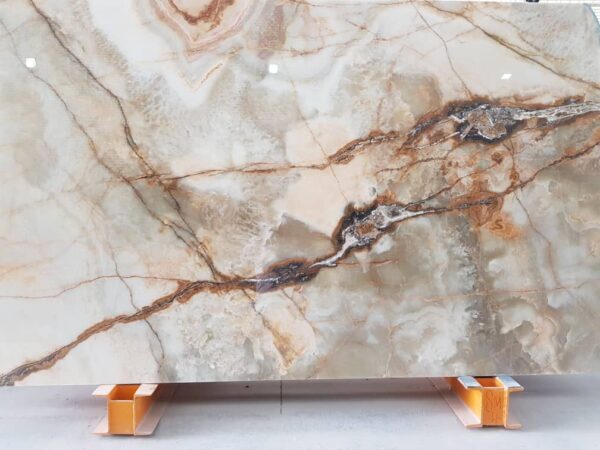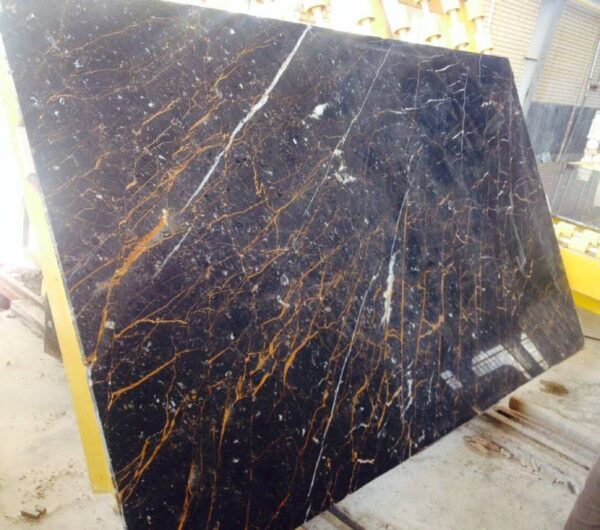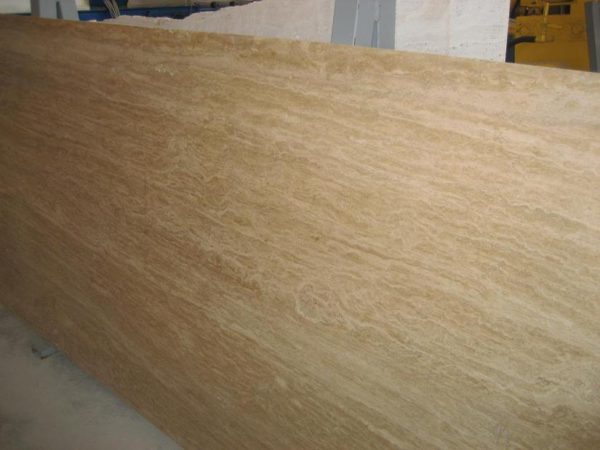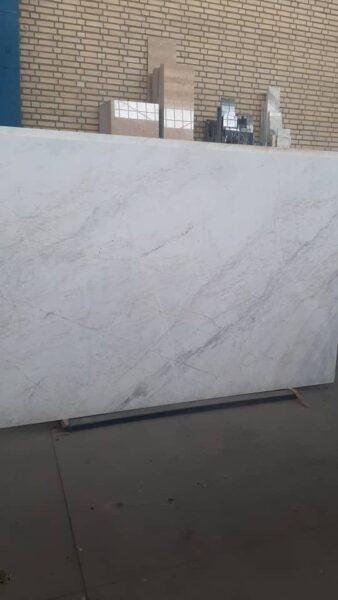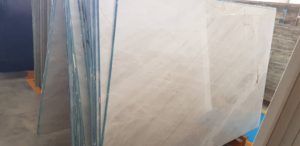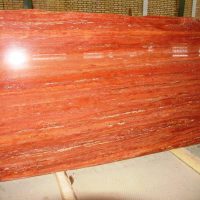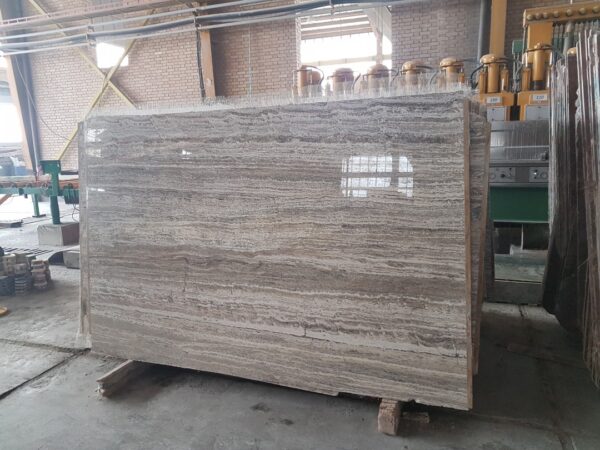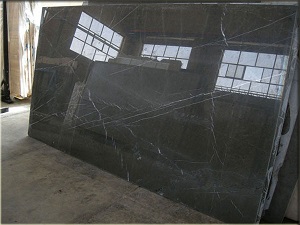Importing Onyx: A Guide to Sourcing High-Quality Stone
The Benefits and Process of Importing Onyx
Onyx, a strikingly beautiful stone known for its rich, layered appearance and translucence, is a highly sought-after material in the world of interior design and architecture. Importing onyx allows businesses and consumers to access a diverse range of colors, patterns, and quality levels from various global sources. In this guide, we’ll explore the benefits of importing onyx, the steps involved, and how to ensure you’re sourcing the highest quality stone for your projects.
Why Import Onyx?
Access to Diverse Varieties
Onyx is quarried in several countries around the world, including Mexico, Iran, Italy, Pakistan, and Turkey. Each region offers onyx with unique colors, patterns, and characteristics. By importing onyx, you gain access to this global diversity, allowing you to choose the perfect stone that fits your specific aesthetic and design requirements. Whether you’re looking for classic white onyx, green onyx, or rare varieties like pink or black onyx, importing allows you to source the exact material you need.
Higher Quality at Competitive Prices
Importing onyx directly from the source can often result in better quality stone at more competitive prices. By working with international suppliers and quarries, you can bypass middlemen and access premium onyx at a lower cost. This is particularly beneficial for large-scale projects, such as luxury hotels, commercial spaces, or high-end residential developments, where quality and cost-effectiveness are paramount.
https://www.rockstone.biz/best-onyx-for-import/
The Import Process for Onyx
Finding Reliable Suppliers
The first step in importing onyx is finding reliable suppliers or quarries in the country of origin. Research potential suppliers by checking their reputation, the quality of their stone, and their ability to meet international standards. Many suppliers offer samples, so request these to evaluate the onyx’s color, pattern, and translucency. It’s also essential to ensure that your supplier can handle the logistics of exporting the stone, including packaging, documentation, and compliance with international trade regulations.
Navigating Legal and Regulatory Requirements
Importing onyx involves adhering to various legal and regulatory requirements, both in the country of origin and your own. These regulations may include export permits, customs duties, and compliance with international trade agreements. It’s crucial to work with experienced customs brokers or legal experts who can help navigate these complexities, ensuring a smooth and compliant import process. Additionally, understanding the import tariffs and taxes in your country will help you accurately estimate costs.
Shipping and Handling Considerations
Onyx is a delicate and valuable stone, so proper shipping and handling are critical to prevent damage during transit. When importing onyx, ensure that it is securely packaged in wooden crates or other protective materials designed to withstand the rigors of international shipping. Work with reputable freight companies experienced in handling stone shipments to minimize the risk of damage. Additionally, consider insurance options to protect your investment during transportation.
types of pietra grey marble, tiles slab, and quarry
Ensuring Quality Control
Inspecting Upon Arrival
Once your onyx shipment arrives, it’s important to conduct a thorough inspection. Check for any damage that may have occurred during transit, as well as any discrepancies in color, pattern, or size compared to your original order. High-quality onyx should have consistent coloration, well-defined patterns, and minimal flaws. If possible, work with a third-party quality inspector to verify the stone’s quality before accepting the shipment.


